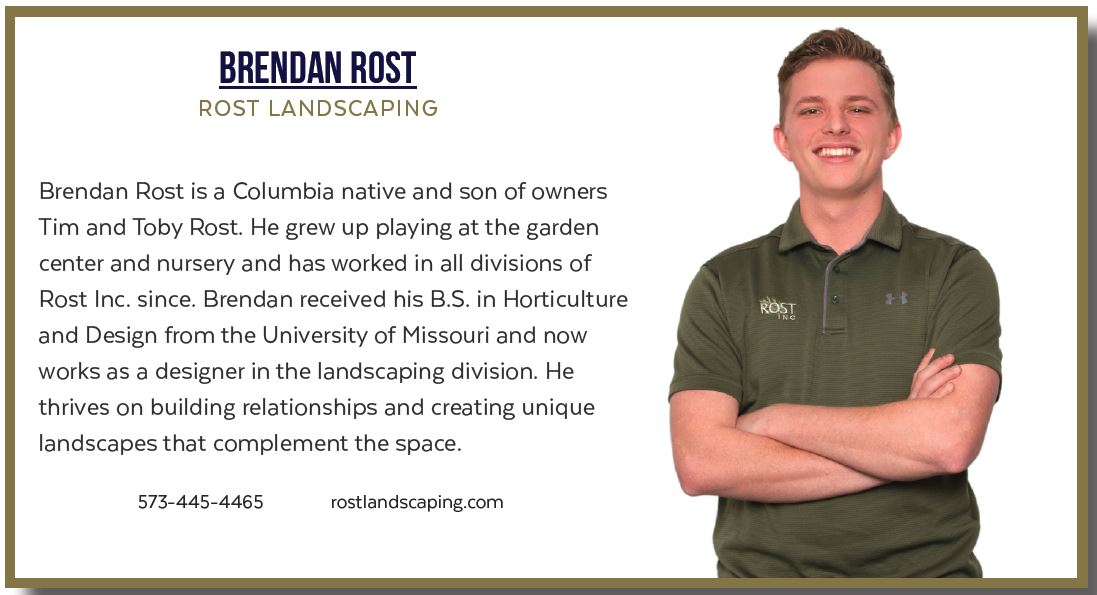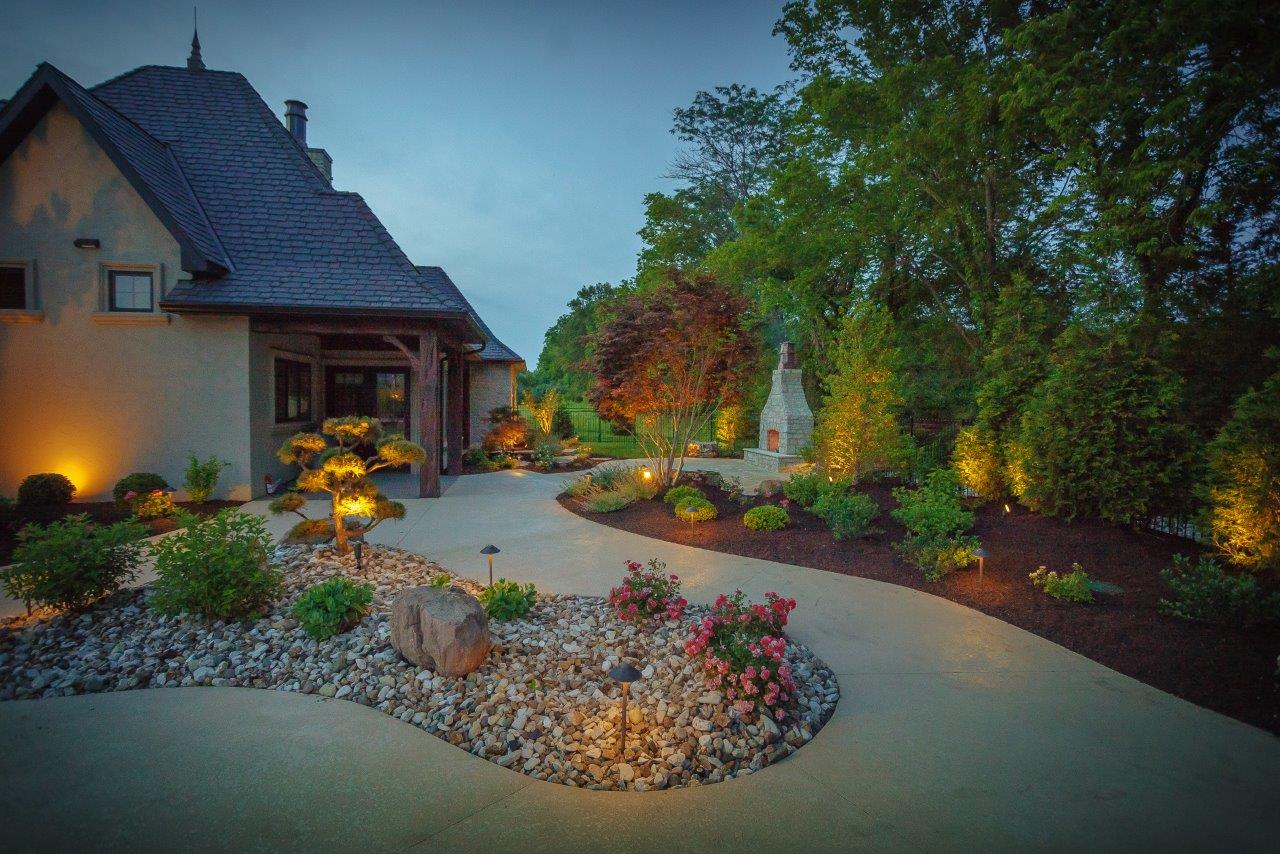Elements and Principles of Landscape Design
Creating a striking, well-balanced landscape design can be a challenge with exciting solutions and unexpected pitfalls. Whether you are starting from scratch, or adding elements to an existing landscape, a little industry insight can take you from good to great.
What are the Principles of Landscape Design?
Principles of landscaping design are guidelines that designers employ to design landscapes that are visually appealing, and functional. A proper layout will incorporate the 6 principles of landscape design: balance, focalization, simplicity, rhythm/line, proportion, and unity. Needing backyard landscaping ideas? Read on to learn more about how you can apply these landscaping design principles to create the yard of your dreams.
Before the first line is drawn, a site analysis noting drainage, space, exposure, and shape/style of existing structures is key to adding function rather than new eyesores. The scale and condition of the site will impact every element from hardscapes to bed lines and plant selection and must be accounted for.
When forming our bed lines, it’s better to do fewer, grander curves that draw the eye and create interest for both our bed and turf areas. Small, wavy bed lines detract from the plantings and fail to add shape and rhythm to our plantings and straight bed lines are boring and harder to keep looking clean. Movement in beds and plantings draws interest and creates focal points. These focal points are often specimen plants such as ornamental trees or a showy hardscape feature. Drawing focus to a few key features prevents the eye from being overwhelmed and promotes proper balance in the design.
While many of our focal points are usually made up of a single tree or small cluster of elements, filler plantings should be massed plantings that promote simplicity and unity. Try to avoid the old-fashioned rows of alternating plants following the A-B-A-B-A-B pattern or planting in a completely straight line. We like to use the shape of our shrub plantings to form large pockets in the front of the beds to fill with perennial color. This gives us a great pop of color throughout the Spring and Summer without crowding the beds and giving us a bulky feel.
To that point, selecting appropriate plants for the space is paramount. Plant selection should include a variety of sizes and statures all while keeping the mature size of the plant in mind. Failing to do so can result in overcrowded blobs of foliage that detract from the landscape as a whole. Plants of the same variety look much more natural when planted in mass and growing together but a mix can turn into a shapeless blob of foliage. Local vendors are knowledgeable of your climate and how the plants react locally and can save you some headaches. Bear in mind, plantings are ever-changing as plants mature. Conditions such as water needs, sunlight, and negative space will change from season to season so be prepared to adapt as the landscape matures.
Following these 6 landscape design principles will lay a solid foundation for a stylish landscape that will serve you for years to come. If you have any questions, stop by Superior Garden Center in Columbia, Missouri to find out more about what the pros know!


